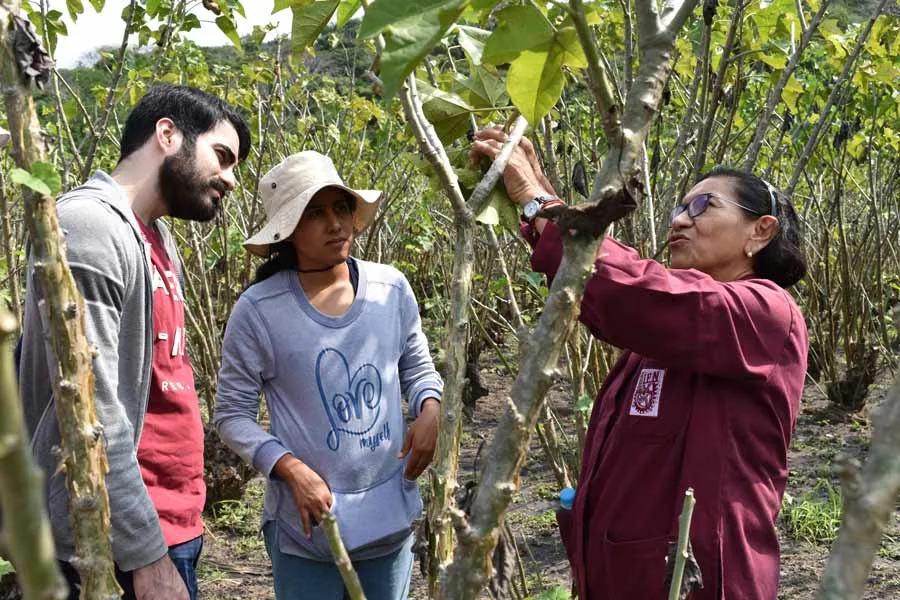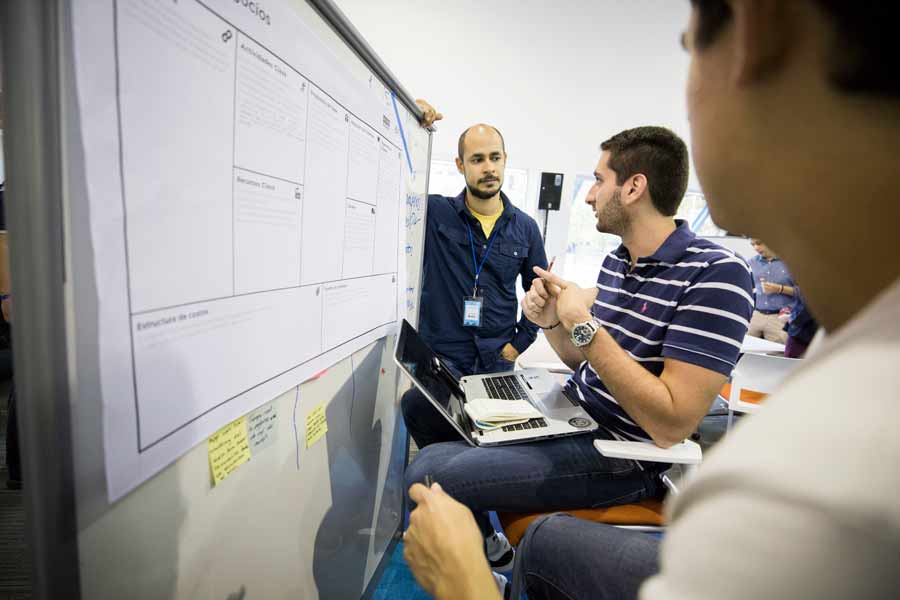Do you know what challenge-based learning is? What benefits can this pedagogical approach bring to your class?
“Challenge-based learning consists of obtaining knowledge by exposing a team of students and expert professors to a real-world problem that needs to be solved,” says Dr. Jorge Membrillo, a research professor at Tec de Monterrey.
The researcher works at the Tec’s Institute for the Future of Education and is the author of the most scientific articles in the world on challenge-based learning indexed on Scopus, the largest and one of the most prestigious international academic databases.

Tips for bringing challenge-based learning to your classroom
According to Membrillo, some of the cross-cutting skills young people develop from challenge-based learning include collaborative work, resilience, oral and written skills, decision making, leadership, and frustration tolerance.
The expert lists 5 steps you can follow to implement this teaching technique in your classes:
1. Find challenges around you
Water scarcity in marginalized populations, a build-up of factory waste affecting the environment, or a company’s lack of sustainable practices are areas of opportunity for setting challenges.
These are real-world situations to which possible solutions can be found through research and innovation. This is where students and teachers can find knowledge by developing processes that help solve these problems.
“These are also situations that have to do with the pedagogical framework and the corresponding educational program. For example, I’m not going to give an art challenge to a mechatronics student,” explains Dr. Membrillo.

2. Stop controlling and become a mentor
The professor explains that in traditional educational models, teachers are figures who share information with their students and lead the class.
Now, teachers must take part in the research and accompany students as mentors in the learning process, as part of the team seeking to find a solution to the challenge.
“The challenge lies in not being afraid because you’re no longer in control or the one leading the class. Now, it’s a question of how we’re going to solve the problem together. You have to find experts for your students so they can solve the challenge,” he emphasizes.
3. You don’t have to be an expert on everything: rely on a multidisciplinary team
Teamwork is a fundamental part of challenge-based learning. You need a multidisciplinary approach to solve these challenges, as you know all about the challenge but not about its solution, says the professor.
“You have to pick challenges that can be solved with a multidisciplinary approach, which means one teacher may not be an expert in something but can be helped by other teachers who are.
“This is important because you might not know what’s going to happen in a challenge. You’re going to follow the steps to find a solution, but you don’t know what the end result will be,” he adds.

4. Establish a plan for collaborative work
Design the work scheme for the challenge to be solved. Plan how you’re going to work as a team, which ideas are going to be implemented, and what the logistics are going to be. Even though you don’t know the end result, you shouldn’t leave anything to chance, he explains.
“You have to make sure that the concepts your students will learn are relevant to solving the challenge,” says the professor.
As part of a multidisciplinary team of professors, experts, and training partners, you will have to map out the learning route for your students, considering aspects such as which modules (subjects) must be part of the challenge, as well as scheduling activities, visits, or tests to be carried out.
5. Rely on evaluation techniques and tools
Dr. Membrillo points out that although challenge-based learning assessment is taxing, there are evaluation techniques and instruments that you can implement to make the process easier.
Surveys, student interviews, and preparation of a draft resolution are some of the evaluation techniques suggested by the professor, while he proposes rubrics and checklists as instruments to assess skills.
“The most important thing is that the goal isn’t to solve the challenge, but to develop your students’ skills,” the professor points out.
Challenge-based learning examples, videos, and material
If you would like more information about this pedagogical approach, the Observatory of the Institute for the Future of Education can provide you with:
- The Edu Trends Report on Challenge-Based Learning (what it is, the role of the teacher, success stories).
- An infographic on further recommended actions for teachers wishing to incorporate this pedagogical approach (In spanish).
- Short videos on challenge-based learning. (In spanish)
YOU’LL DEFINITELY ALSO WANT TO READ:





